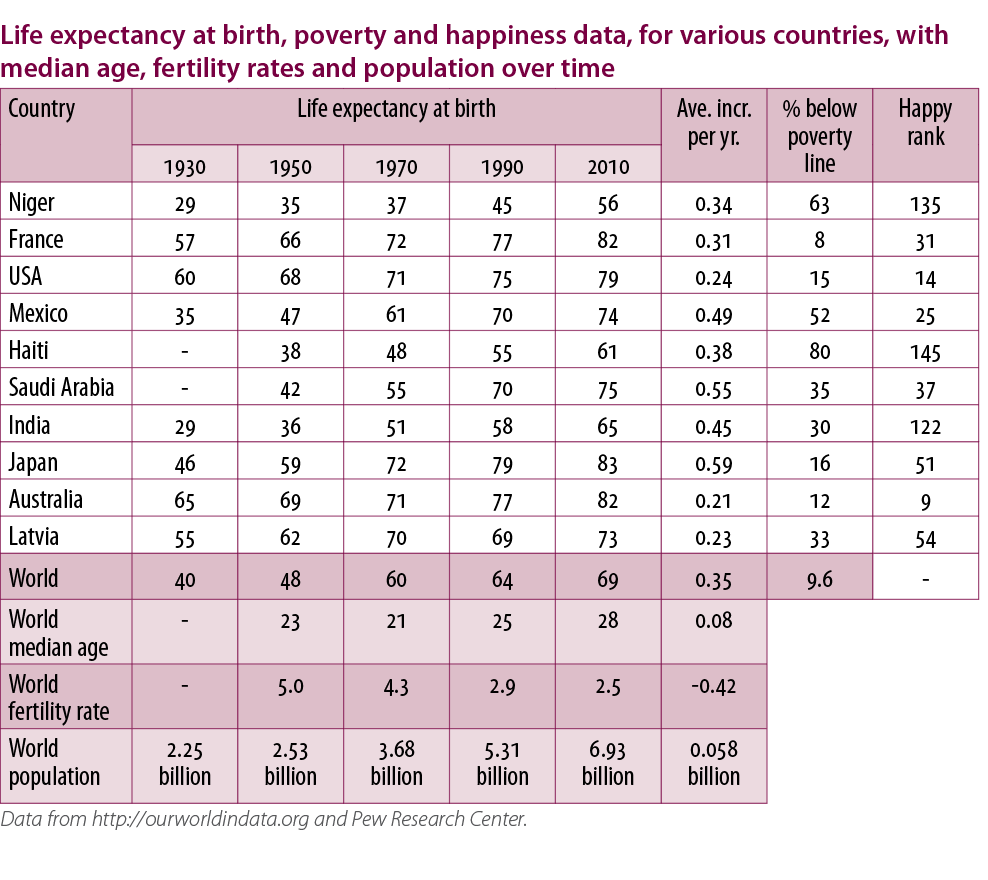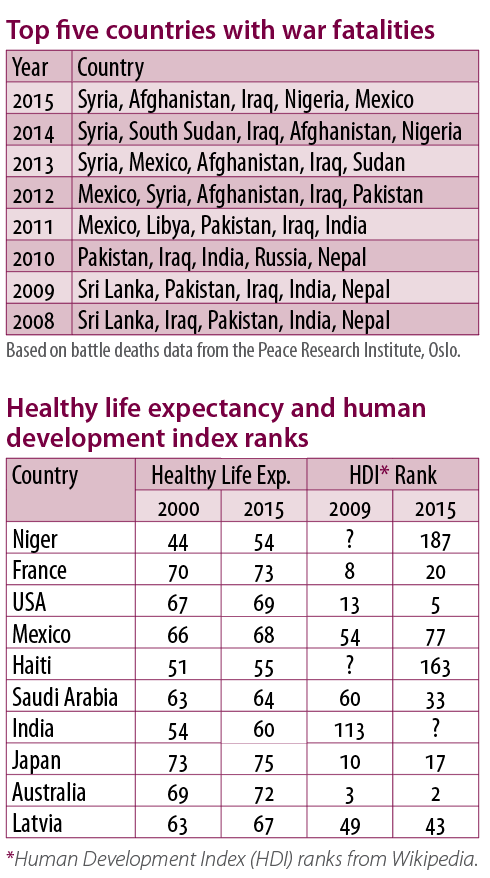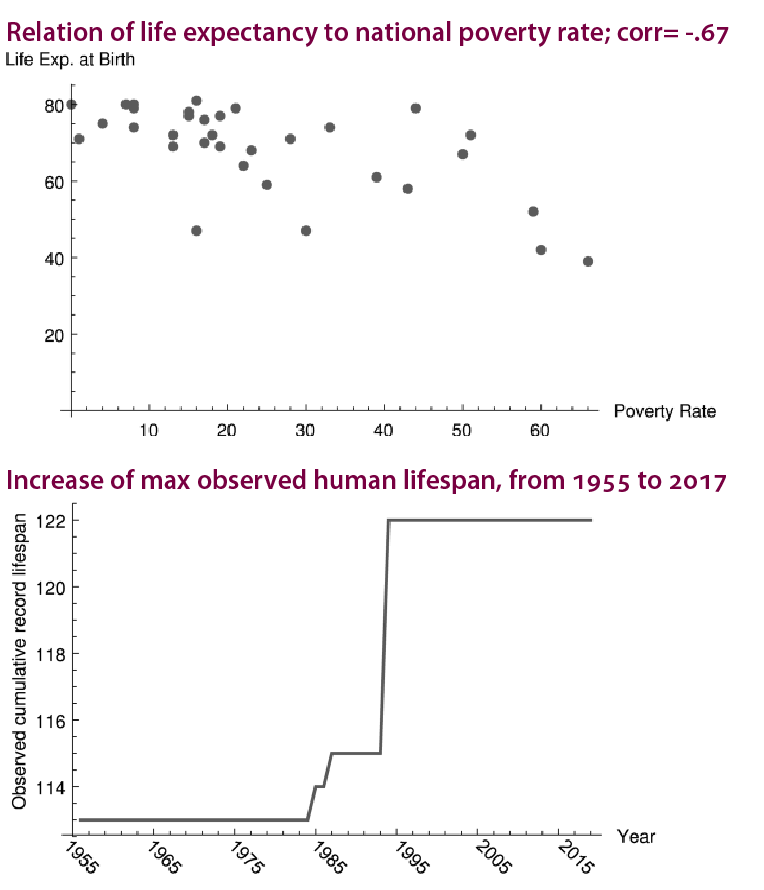We’re pleased to bring back Anirban’s Angle, a column from Anirban DasGupta.
Acknowledgements: Jim Berger, Burgess Davis, Dominique Picard, Sara van de Geer, Hao Zhang.
—
Although my background and natural inclinations are theoretical, even for a die-hard theoretician it is both fun and useful to look at important data from time to time. I am doing this here driven by my own curiosity, as well as wanting to instigate my colleagues to continue to look at and ponder over some of these integral and indeed, life-or-death issues for humanity and our world.
I wanted to understand a few things before I started looking at the data: in what metrics is the human race progressing on average, are there systematically parts of the world that are falling behind, are there mutually connected reasons that are dragging these regions behind, what might be the consequences of a lingering or widening progress gap, and what can we try to do to prevent those consequences.
I present the data, and interpret less; I want you to interpret. I present data that appear to be of relevance in thinking about the progress or retreat of us, humanity, and the world as a whole. The data I look at include evolution of life expectancy at birth and healthy life expectancy at birth, growth of the world population and how it has been aging, fertility rates for women, poverty rates, composite rates of development and prosperity, education index, happiness of citizens, regions and countries plagued by war and war-related deaths, and indices that measure corruption in governments of nations and pristineness of the environment.
I also look at one specific speculative question that has attracted the attention of many demographers: is there an absolute upper bound on how long a human can ever live? The absolute limit of about 125 has been suggested. I give a plot to suggest that the maximum human lifespan has been increasing, but very slowly. The hitherto observed verified record is 122 years.
I make a few other remarks on what all these data suggest about trends and correlations, and hope that we, Homo sapiens, can work together to the betterment of our species, everywhere: economically, socially, and humanely.
The data appear to suggest the following:
1) The distribution of life expectancy, as well as life expectancy at 25, is markedly skewed, and looks like a mixture of four component distributions.
2) The various variables appear to be connected, to some degree. For example, the correlation between national poverty rate and life expectancy based on 35 diverse countries is −0.67; I give a plot also.
3) Life expectancy at birth is increasing across the globe roughly at the rate of 5 months a year. The gap between life expectancy and healthy life expectancy is about 7 years, i.e., in some sense the last 7 years of a human being cannot now be considered as healthy life.
4) Fertility rate for women is dropping systematically. There seems to be a strong correlation of it with life expectancy at birth, which is well recognized.
5) The average person is getting older, due to both people living longer, and women having far fewer children; but slowly. The median age of all humans is not increasing rapidly.
6) I selected 10 specific countries from various regions of the world as samples. We see very encouraging signs in some parts: Australia, France, and Japan show sustained positive development in nearly all of the dimensions: environmental sanctity, life expectancy, prosperity, happiness, peace, and honesty in government. On the other hand, some regions are consistently plagued by war, corruption, environmental callousness, and general misery. Furthermore, these seem to go together, even if we do not attempt a cause–effect conclusion.
What I have looked at here in an extremely limited way is being constantly studied by many agencies and researchers. This really is BIG DATA. Shall we, all men of the world, use this sort of big data to enhance man as a whole?
Let us unite, lift up, advance!
References:
Cutler et al. (2016), Dong et al. (2016), Preston (1975), Pritchett and Summers (1996), Sen (1976, 1992, 2003), UNDP Report (2016), Van Praag et al. (1977).




Comments on “Anirban’s Angle: The State of the World, in a few lines”